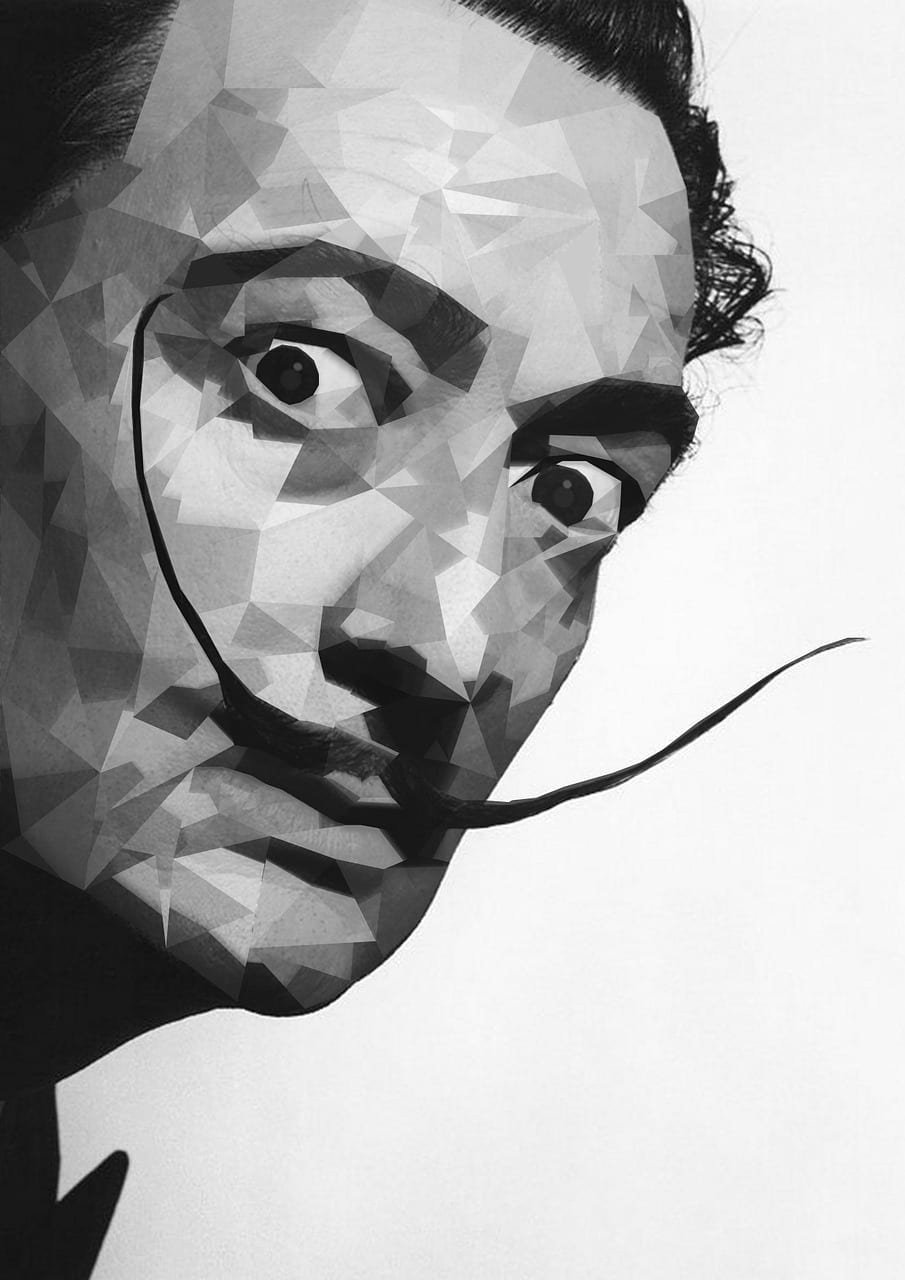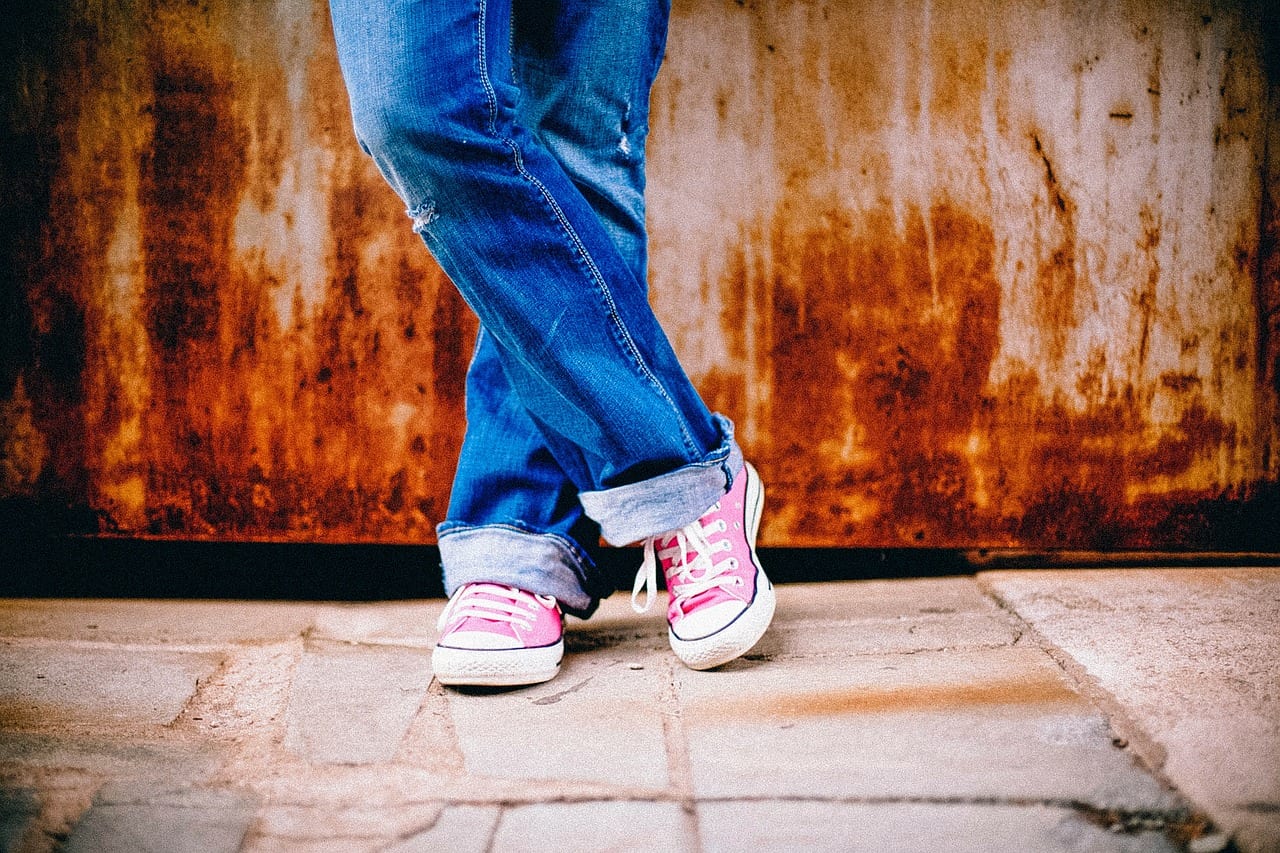
People around the world wear jeans today, but have you ever wondered how the jeans came to be and how it evolved to become what it is now? If you have, then let this post take you back to the beginning of the jeans.
The late 19th century
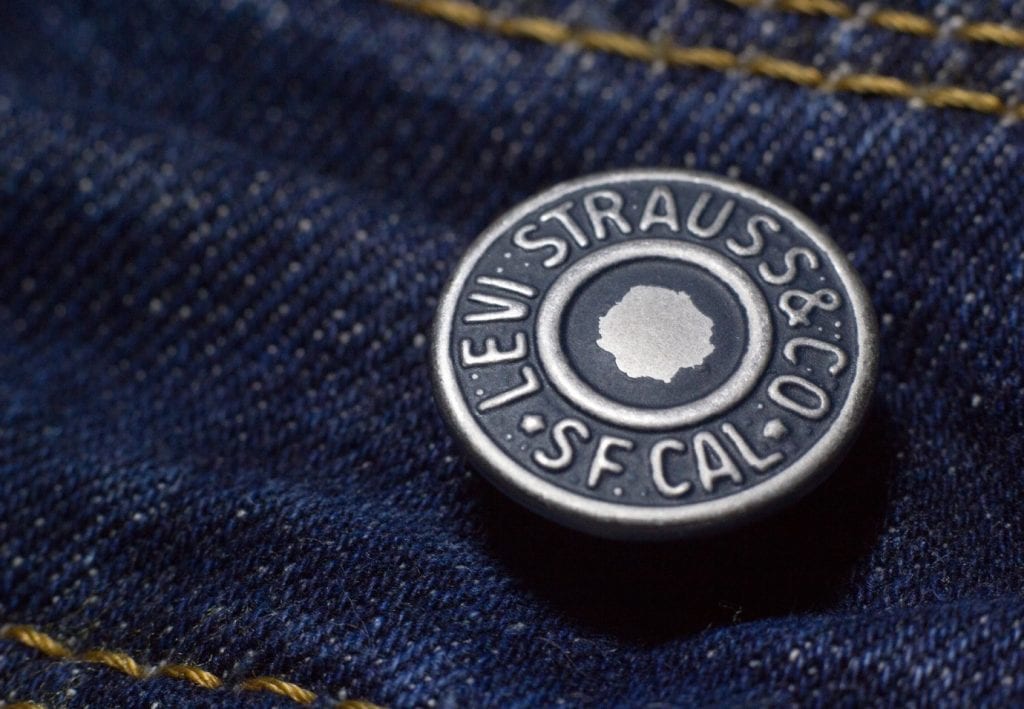
It all started in the second half of the 19th century around 1871. Male workers of the time in the USA used to wear denim trousers or “waist overalls”, as they were known back then, for their ability to withstand rough use. The trousers were a result of tailor Jacob Davis’ efforts, who used to create these denim trousers after buying cloth from the wholesale house of San Francisco based Levi Strauss & Co, founded by Levi Strauss, a businessman originally from Germany.
The initial popularity of the design prompted Davis to think big and in 1872, he approached Levi Strauss, a businessman originally from Germany, to patent his design. Before approaching Strauss, Davis made subtle changes in his design to incorporate copper rivets, which would make the trousers more durable.
Strauss agreed to the proposal and on May 20, 1873, the duo received the US patent number 139,121 and that’s how the first-ever pair of blue jeans was born. Not long after, an additional design change was made, as the riveted watch pocket was added to jeans manufactured by Levis Strauss.
The early 20th century
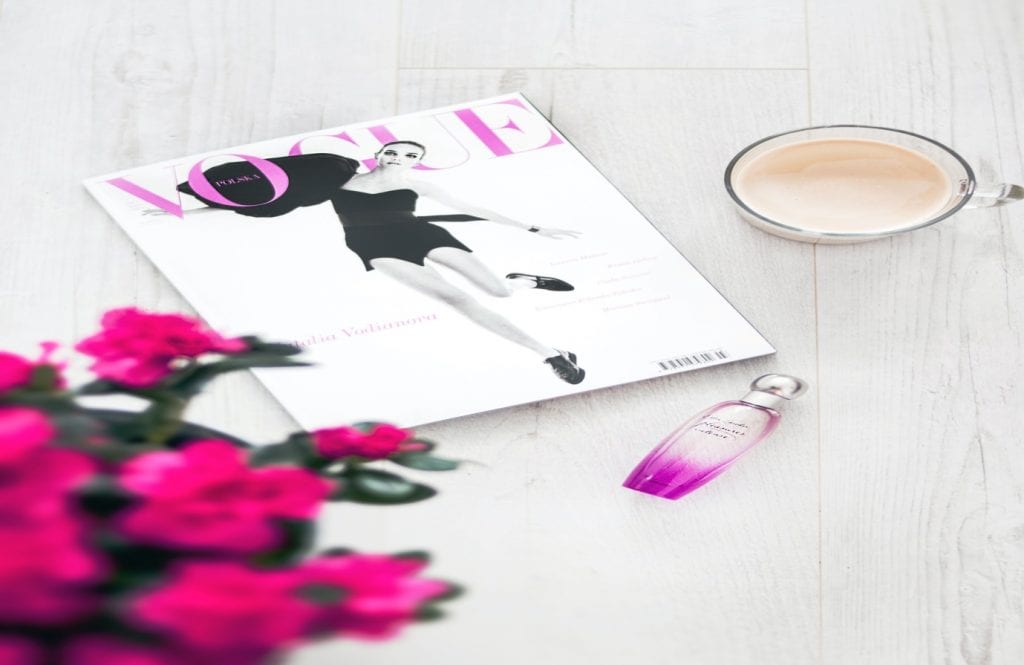
In 1901, the blue jeans underwent another change, as Levis Strauss incorporated the back left pocket to model 501, and this change proved to stand the test of time, as it eventually became the industry standard.
Slowly and steadily, jeans began to take its place in popular culture, as it was worn not only by cowboys, miners, and workers but also by people from more comfortable and affluent walks of life. Another landmark change happened in 1936, as the back pockets of Levis Strauss jeans started featuring the company’s signature red flag; the first time that a clothing item had an exterior designer label.
The soaring popularity of the jeans in the 1930s prompted fashion magazine Vogue to feature a female model in a pair on its cover for the first time. This was a sign of things to come, as jeans slowly made its way from being solely menswear to an item of clothing that both genders would wear.
The mid-20th century
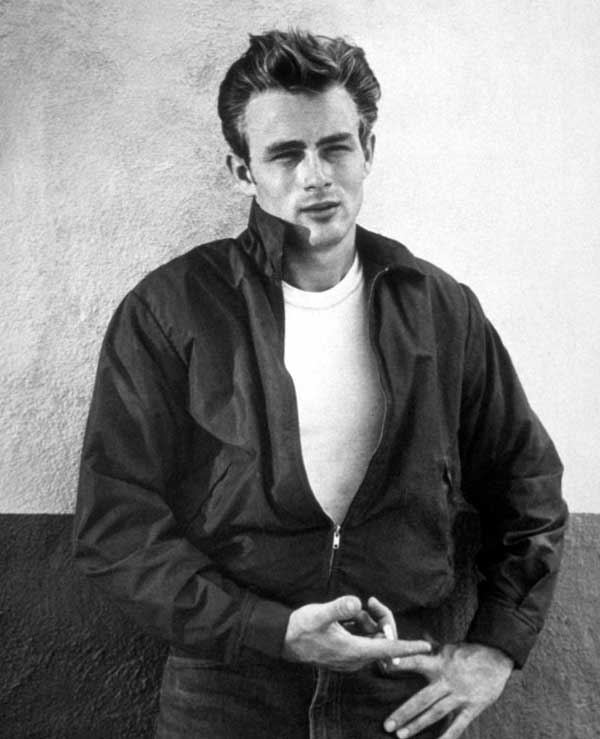
The production of jeans stalled during the World War II years, but after the Allied powers came out victorious, production picked up again, and in the 1950s, jeans became a favorite among American teenagers thanks to popular Hollywood stars at the time, such as Marlon Brando and James Dean.
Along with them, the other “bad boys” of American pop culture helped establish the blue jeans as one of the significant items of clothing for those who embraced the rebellious counterculture. However, school authorities across the length and breadth of the country weren’t too kind on the new and emerging trend and numerous public schools were quick to brand jeans “provocative” and ban them on their premises.
However, despite the bans enforced by public schools, jeans had become too big to be subdued. Newer designs followed, which featured black jeans, cuffed denim styles, and light washes. Levi Strauss was no longer the sole player, as newer brands such as Wrangler and Lee Cooper made their entry into the jeans market.
The 1960s and 1970s

The 1960s brought the hippie movement to the fore and the American counterculture was at its peak during this period. Apart from eclectic tastes in art, music, politics, and lifestyle, the hippies displayed an unerring devotion to breaking fashion norms as well, incorporating their free-flowing ideas into their jeans.
Individuality was at the core of the hippie movement and all those who took part spared no opportunity to flaunt their unique fashion sense. Some of the ways they spiced up their jeans included decorative patchwork, rhinestones, and embroidery. Jeans manufacturers were quick to act, and they brought out new designs that included low-rise hip-huggers, double denim, and bell-bottom flares. Wearing jean jackets also became standard practice for hippies in the ‘60s.
The ‘60s were also the period that witnessed more women than ever before embracing jeans. Prior to the ‘60s, jeans were predominantly a male item of clothing, but as more and more women became part of the hippie movement, it found just as many female takers.
The ‘60s wave continued well into the ‘70s and gradually, jeans became associated with some of America’s biggest sex symbols at the time, such as model Lauren Hutton and actress Farrah Fawcett. The ‘70s also saw the rise in popularity of denim vests and skirts.
The 1980s
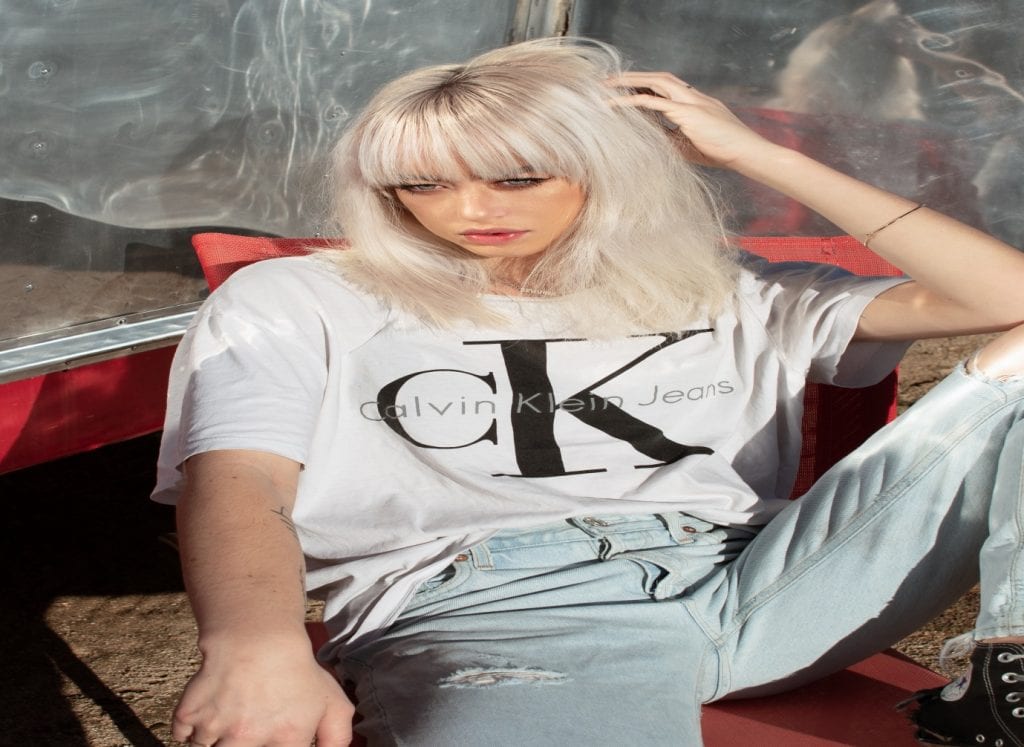
As jeans advertising and popularity soared, the ‘80s saw designer jeans for the first time, transforming what was once the working man’s clothing into a status symbol for the affluent. The first designer to hop on the jeans bandwagon was Calvin Klein. Its commercial featuring Brooke Shields, who was just 15 at the time, became the stuff of legend.
Other prominent fashion designers such as Gloria Vanderbilt and Jordache followed in Calvin Klein’s footsteps and were immensely successful in launching never-before-seen designs such as acid wash, stone wash, and ripped jeans. Skinny leg cuts also began to make appearances and during this decade, many renowned celebrities, both men and women, began to feature in jeans advertisements.
The 1990s
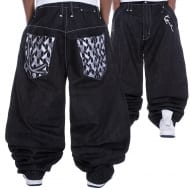
The ‘90s saw another significant change in jeans fashion, particularly due to the emergence of musical styles from the underground, such as grunge and hip-hop. Even though the two styles sounded radically different from one another, their core vibes were pretty much the same; very much anti-establishment and an approach to fashion that was informal and focused more on comfort than on tight fits.
As a result, baggy jeans and carpenter jeans became popular. Along with them, denim shortalls, overalls, and head-to-toe denim ensembles also started getting more attention, particularly from the ladies.
The 2000s
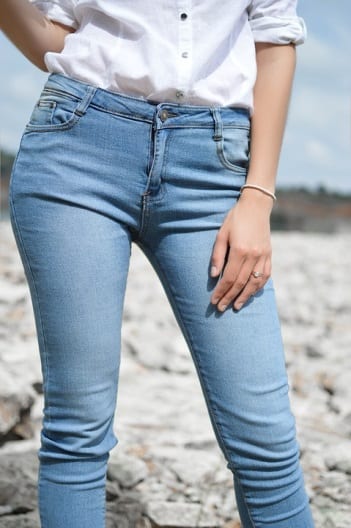
Jeans went through several iconic changes during the 2000s, with the early half of the decade being all about low-rise jeans, popularized mainly by pop stars Christina Aguilera and Britney Spears. Some of the most trending cuts of the times included boot cut and flare denim that were available in a wide array of washes.
During the mid-2000s, skinny jeans were trending once again, thanks to landmark innovations in technology that facilitated greater denim stretch than ever before. Jeans became not just the casual pants of choice, but also found favor across formal work environments. The popularity of premium jeans brands such as Hudson Jeans, 7 for all Mankind, and Citizens of Humanity also soared during this period.
The 2010s

Modern trends in jeans fashion are mostly about figure flattery, i.e. the jeans of today fit the wearer’s thighs, hips, and bottom more snugly than jeans from previous eras. Contrary to the early 2000’s low-rise jeans, the 2010s saw an entry of high-waist jeans. There’s a greater emphasis on variety as well and due to the work put in by fashion and lifestyle bloggers and vloggers, both men and women have become willing to experiment to find the style that suits them best.
The 2010s also witnessed the emergence of various independent brands that offer quality at ultra-competitive prices, posing a significant challenge to premium designer brands. The reasons for this are the advent of online shopping portals that offer lucrative discounts to buyers and the global drive to make shopping local and sustainable.
The future of jeans

As more and more denim fans become aware of the need to embrace sustainable practices in the fashion industry, the future of jeans definitely looks bright. With greater awareness amongst the masses, jeans manufactures will be forced to meet high sustainability and environment-friendly standards, whether they like it or not.
According to several experts, jeans manufactured in the near future will have a greater lifespan than ever before. Even though prices will most likely go up due to the use of higher-quality raw materials and production, experts say that people won’t mind paying more thanks to their new-found awareness regarding the sustainable production of denimwear.
A circular denim industry is in the making, which will see the industry adopt the repair-recycle-reuse-reduce approach, greatly reducing pollution. Some companies, including Blue Diamond, have already started to manufacture jeans using a process called Refibra, which involves upcycling cotton scraps that are producing during the traditional manufacturing of textiles.
As such, manufacturing processes become more and more mainstream, one thing’s for sure; a lot of wastage will be avoided, leading to a cleaner planet. Thanks to reusing denim, the raw material to make new pairs of jeans will be reintroduced to the supply chain instead of the prevalent practice of using fresh raw material.
As we move into the future, you can be sure that the jeans are sure to undergo even more alterations to create iconic trends that will be talked about for decades to come.

